Moovment® quality for an active lifestyle
Quality movement is the basis of good performance and pain-free life. It allows us to meet the demands of the tasks that we need to complete on a daily basis. These tasks might be sport, job demands, housework, gardening, or taking the stairs.
We tend to notice the quality of movement deteriorating when we experience poor results, loss of function, or discomfort of varying degrees. Some people push through, which can lead to injury and more suffering. Others simply change their expectations and avoid such tasks, unless they are caught by surprise. Both can lead to a steady decline that manifests in inactivity, pain, additional injury, and eventually some degree of disability.
The secret to a sustainable active lifestyle is moderate exercise every day, and challenging what are called the ‘components of fitness’. The WHO guide to physical activity recommends 175 minutes of cardiovascular exercise and 2 strength training session every week.
The things is, people who don’t move well and experience poor performance or pain have a tendency to avoid exercise, despite it being good for them. Most people who don’t move well simply change the way they do things in the arena, in the garden, at work, and in the home. They develop compensation strategies to mask the problem, in order to just get the job done. The weekend warriors soldier on by throwing quality out the window for quantity, and small problems soon become big ones.
Movement quality involves several physical attributes, and the tasks to be performed determine their priority. These attributes should all get some attention, but your lifestyle will determine how to which ones are most important. Gymnasts place different demands on their bodies that ten pin bowlers, runners to swimmers, and bookworms to adventurers.
For everyday people, well-being springs from movement. Staying free from pain and disease allows us to enjoy ourselves during a weekend on the beach or on a city tour on foot.
We don’t all the need flexibility of a contortionist - most everyday tasks are performed in mid-range of motion.
We don’t all need Herculean strength, but we should be able to run and jump over a puddle, or lift a suitcase.
We don’t all need to have enough mobility for all yoga poses, but we should be able to get in and out of a car, or crawl under a fence.
We don’t all need the coordination of a circus performer, but we should be able to kick a ball, or catch a cup falling off a table.
We don’t all need to walk the tight rope, but we should have the balance to stand on public transport or walk in the forest without falling.
We don’t all need the control of a ballet dancer, but we must be able to walk downstairs, or bend down to the presents under the Christmas tree without effort or risk of injury.
Quality of movement enables full participation in life. Quality of movement is a basic requirement for 175 min of exercise and 2 strength sessions per week in a safe and enjoyable manner. Quality of movement gives us the quality of life that we all deserve.
Scans of a lady who is favoring her left leg. Her right leg has poor control during the squat. The scans helped to visualise the poor knee control, and the improvements after several weeks of specific training.
Scan 1 shows the right foot turned out excessively. The knee travels towards the inside of the foot and crosses over the line of the foot, making it difficult to control the knee.
Scan 2 shows much better knee control. She was much better at the right squat after the training.
Learn more about Moovment here.
